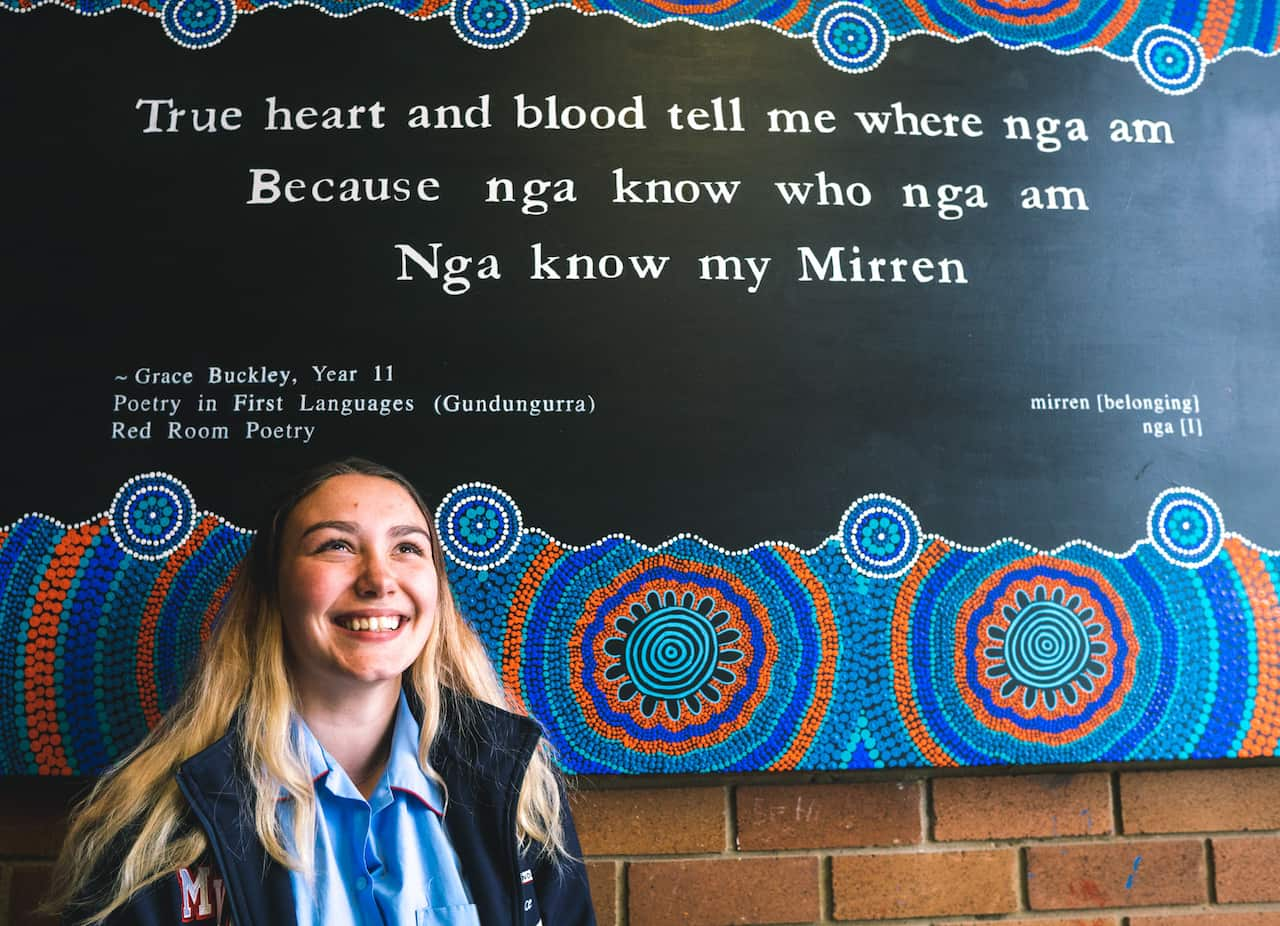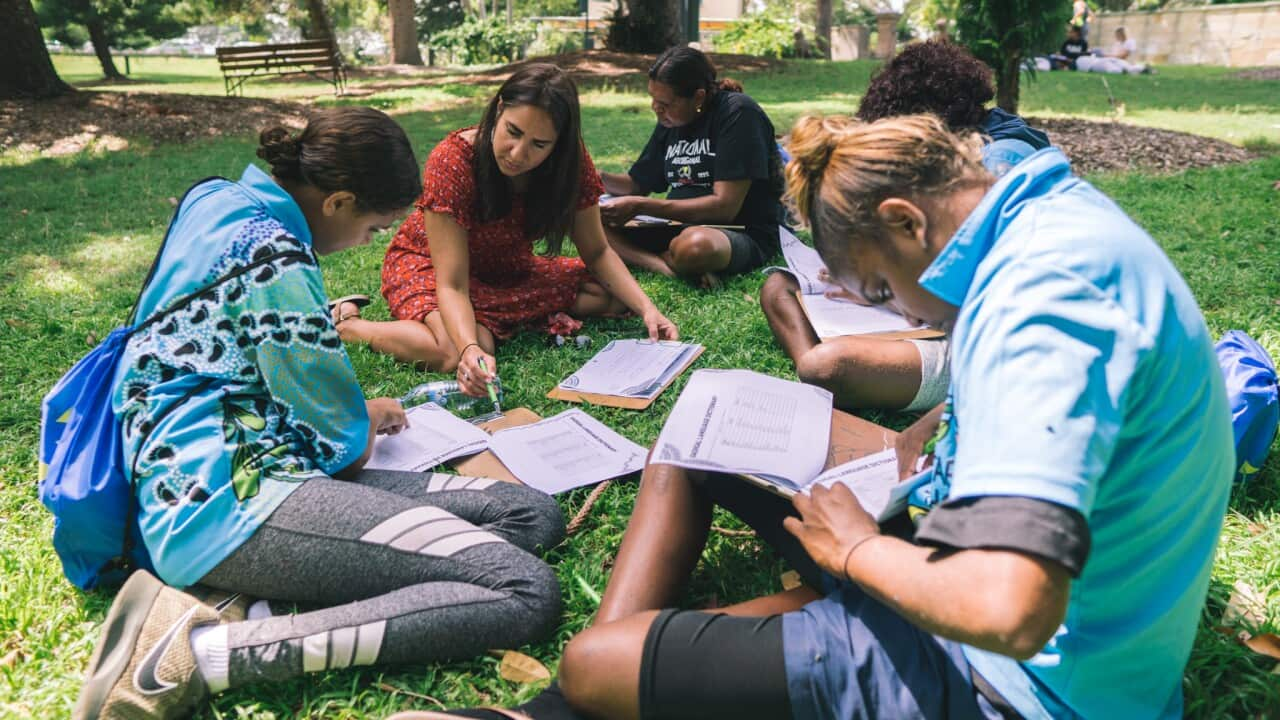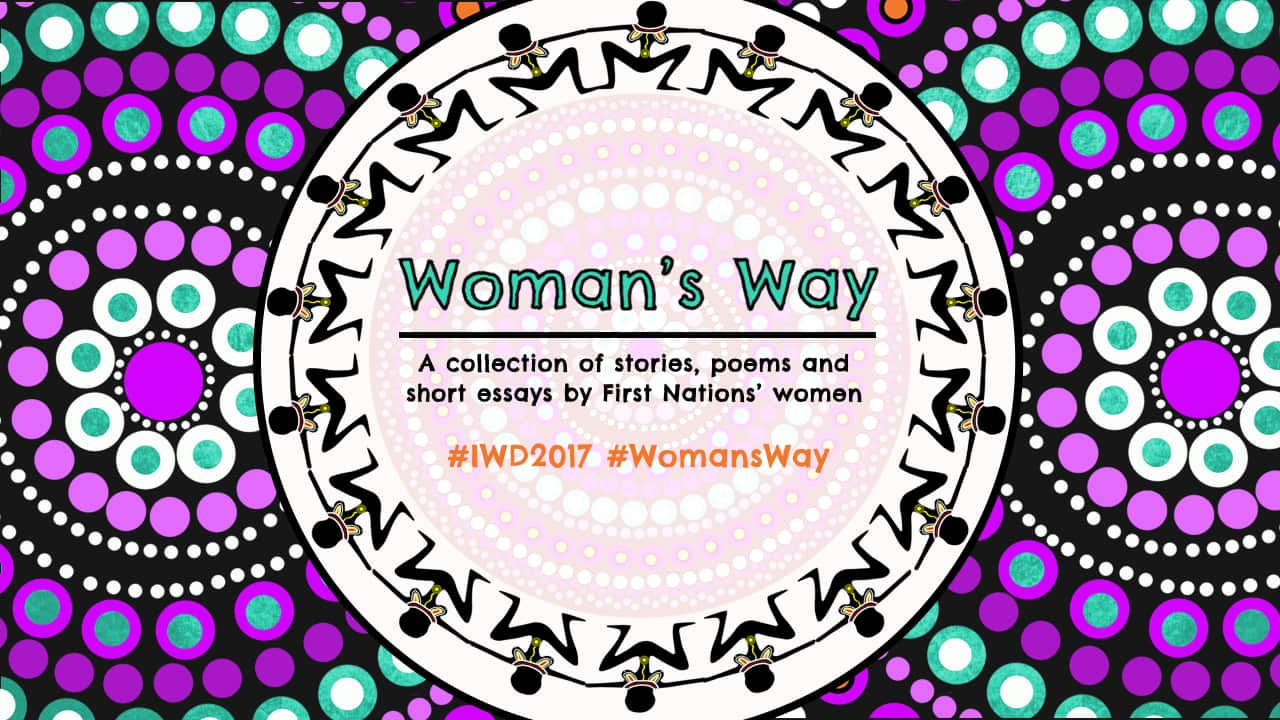Kirli Saunders has a bold proposal: teach Australia’s kids local Indigenous languages by writing poetry.
The Gunai woman founded the Poetry in First Languages program – which started last year and delivered workshops to students around New South Wales.
The initiative is just one example of how primary and high school students are using Aboriginal languages to express themselves and preserve traditional cultures.
This year the program will expand to Queensland, the Northern Territory and the ACT with the help of a grant from the Copyright Agency's Cultural Fund.
The end result will be poems in Arrernte, Barkindji, Bundjalung, Dharawal, Gumea Dharawal, Ngunawal and Yugembeh.
Ms Saunders hopes the program will eventually reach the rest of the country.
“It’s really exciting,” she told NITV.
“I think it’s really important, especially with our First Nations kids that they have access to language so they can explore their identity in really meaningful ways.” The workshop connects schools with local Elders, ‘language custodians’ and Indigenous poets.
The workshop connects schools with local Elders, ‘language custodians’ and Indigenous poets.

Moss Vale High School's Grace Buckley had her poem turned into a mural. (Supplied)
More than 350 First Nations students, 500 community members and 1,500 non-Indigenous students have participated so far.
“It was taught to me that language and land are very tied together,” Ms Saunders said.
“Our identity is also tied to the land.”
“When we’re talking with students, when we’re learning language, we’re also unpacking those parts of our identity.” The program was recently brought to the NSW Southern Highlands where students were taught to compose poems in the Gundungurra language to coincide with World Poetry Day.
The program was recently brought to the NSW Southern Highlands where students were taught to compose poems in the Gundungurra language to coincide with World Poetry Day.

Kirli Saunders and young poet Victoria with her work showcased on the back of a bus. Source: Supplied: Tad Souden.
Ms Saunders said that at each workshop she sees First Nations children grow more confident and proud of their cultural identities.
“What we see is students come in really unsure about what language and identity and culture are to them and as conversation unfolds they become more and more confident and more and more proud of those parts of their identities,” she said.












